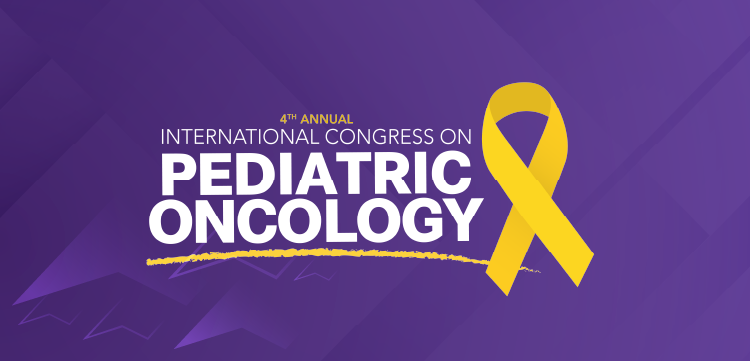
CDC Reports: Recent Legionnaires' Disease Outbreaks Could Have Been Prevented
A new report from the Centers for Disease Control and Prevention (CDC) suggests that many of the reported outbreaks involving Legionella bacteria since 2000 could have been prevented with better testing protocols and infrastructure management.
As if concerns over Legionnaires’ disease in cities across the country weren’t bad enough, a new report from the Centers for Disease Control and Prevention (CDC) suggests that many of the reported outbreaks involving Legionella bacteria since 2000 could have been prevented with better testing protocols and infrastructure management.
With many cities such as Syracuse, New York; Philadelphia, Pennsylvania; Pittsburgh, Pennsylvania; Detroit, Michigan; and Newark, New Jersey now actively engaged in testing initiatives in response to the outbreak of Legionnaires’ disease in
“Many of the Legionnaires’ disease outbreaks in the United States over the past 15 years could have been prevented,” CDC Director Tom Frieden, MD, MPH, said in a statement released by the agency. “Better water system management is the best way to reduce illness and save lives, and [our] report promotes tools to make that happen.”
According to the CDC, the incidence of Legionnaires’ outbreaks is increasing. In the past 12 months, some 5,000 Americans have been diagnosed with the disease and more than 20 outbreaks have been reported to the agency. In its
Overall, the problems that contributed to the development of the outbreaks investigated included inadequate disinfectant levels, human error, and equipment breakdowns that led to growth of Legionella bacteria in water systems. Indeed, roughly 65% of the outbreaks occurred as a result of process failures (ie, not having a Legionella water management program), while 52% were due to human error. Approximately 35% were traced to faulty disinfecting equipment, and another 35% were the result of changes in water quality due to external factors such as nearby construction. The most common sources of building-associated Legionnaires’ disease outbreaks were drinkable water (56%), cooling towers (22%), and hot tubs (7%).
In an effort to assist building owners and managers in preventing such failures—and, thus, outbreaks—the CDC also released the resource
“Years of outbreak response have taught us where to find Legionella hot spots,” Nancy Messonnier, MD, director of the CDC’s National Center for Immunization and Respiratory Diseases, said in a statement. “The toolkit will help building owners and managers better understand where those hot spots are and put measures in place to reduce the risk of Legionnaires’ disease.”
Brian P. Dunleavy is a medical writer and editor based in New York. His work has appeared in numerous healthcare-related publications. He is the former editor of Infectious Disease Special Edition.
Newsletter
Stay ahead of emerging infectious disease threats with expert insights and breaking research. Subscribe now to get updates delivered straight to your inbox.






































































































































































































































































































